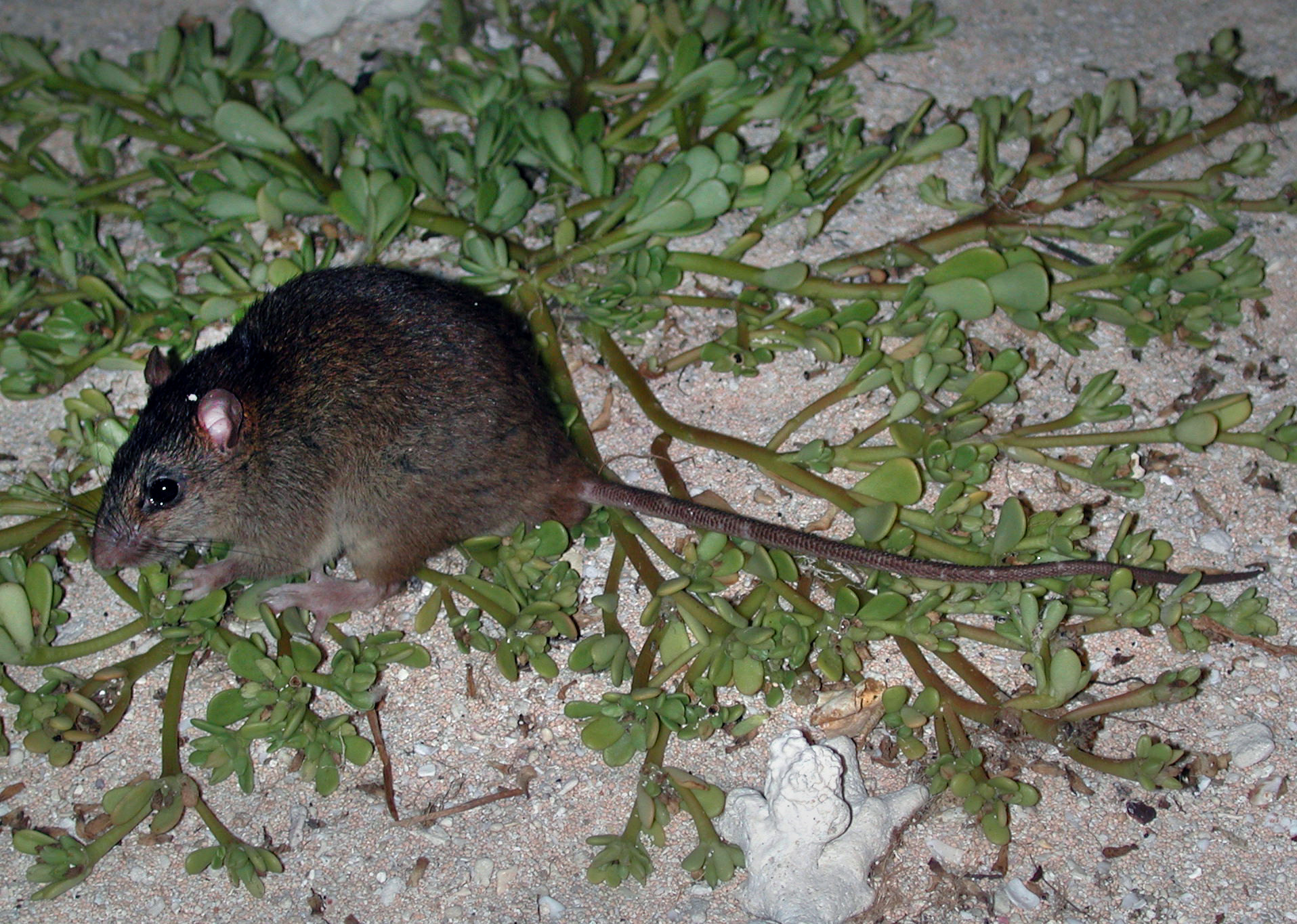Bramble Cay melomys << MEHL uh meez >>, a small rodent, became the first mammal to be declared extinct as a result of global warming. Global warming is an observed increase in Earth’s average surface temperature. The Bramble Cay melomys was a type of rodent called a mosaic-tailed rat. It had reddish-brown fur and a pale underside. Its tail had scales arranged in a mosaiclike pattern and was prehensile (able to grasp) at the tip. The Bramble Cay melomys was found only on the island of Bramble Cay in the Torres Strait, between Australia and New Guinea.

In 1983, scientists reported at least several hundred melomys living on Bramble Cay. However, there have been no documented sightings of the rat since 2009, when a fisherman reported seeing one. A 2014 survey confirmed that no individuals remained on the island. In 2016, the Bramble Cay melomys was declared extinct.
Australian researchers determined that flooding by seawater led to the extinction of the Bramble Cay melomys. Rising sea levels are a major consequence of global warming. Sea levels around Bramble Cay have risen, making the island vulnerable to flooding by seawater during severe weather. Excess salt from the seawater caused many of the plants that the melomys relied on for food to die off. The researchers also suspected that some individuals drowned in floodwaters.
The Bramble Cay melomys grew to about 6 inches (15 centimeters) long, not including the tail, which was about the same length as the body. It weighed about 3 1/2 ounces (100 grams). It lived in burrows and under logs. It was nocturnal, active at night. Its diet mainly consisted of vegetation, but the melomys may have also eaten turtle eggs. Scientists do not know much about the breeding behaviors of the Bramble Cay melomys. They think it had a lifespan of at least two years in the wild.
